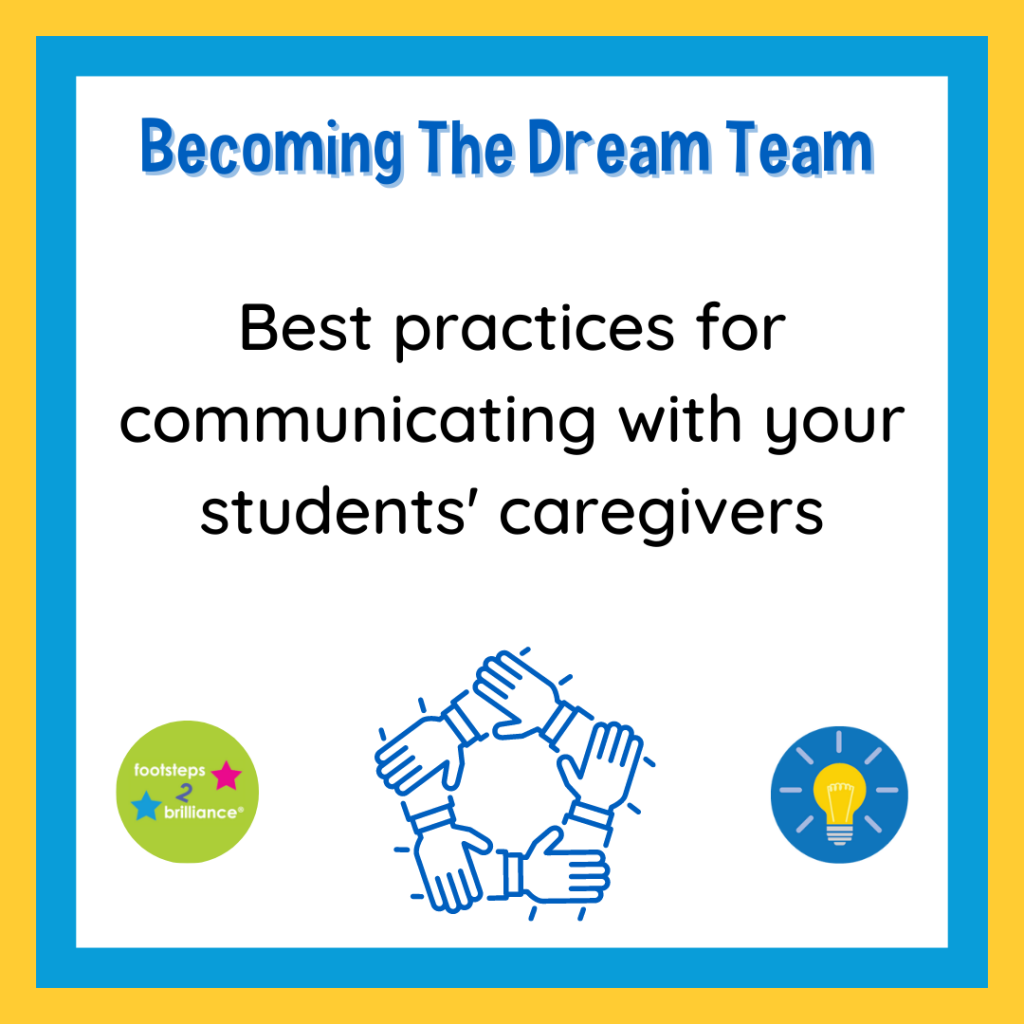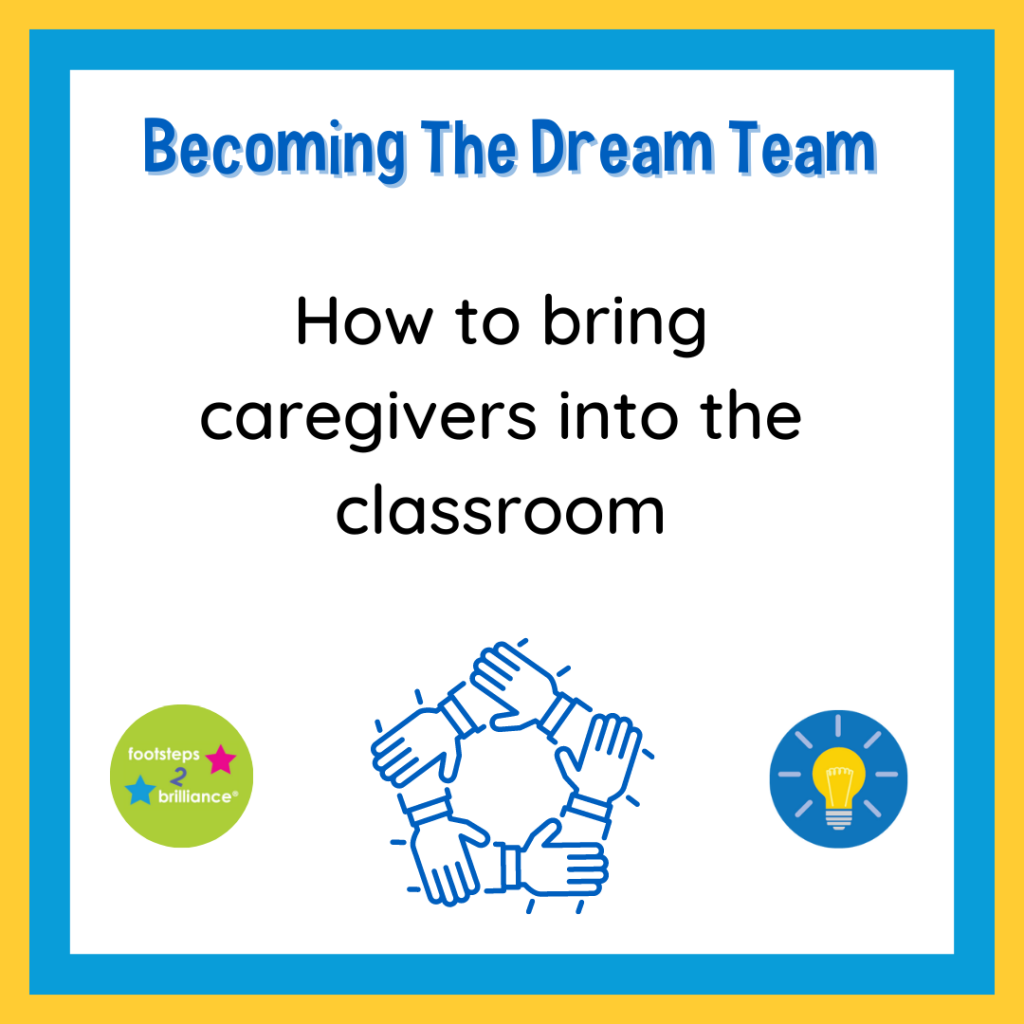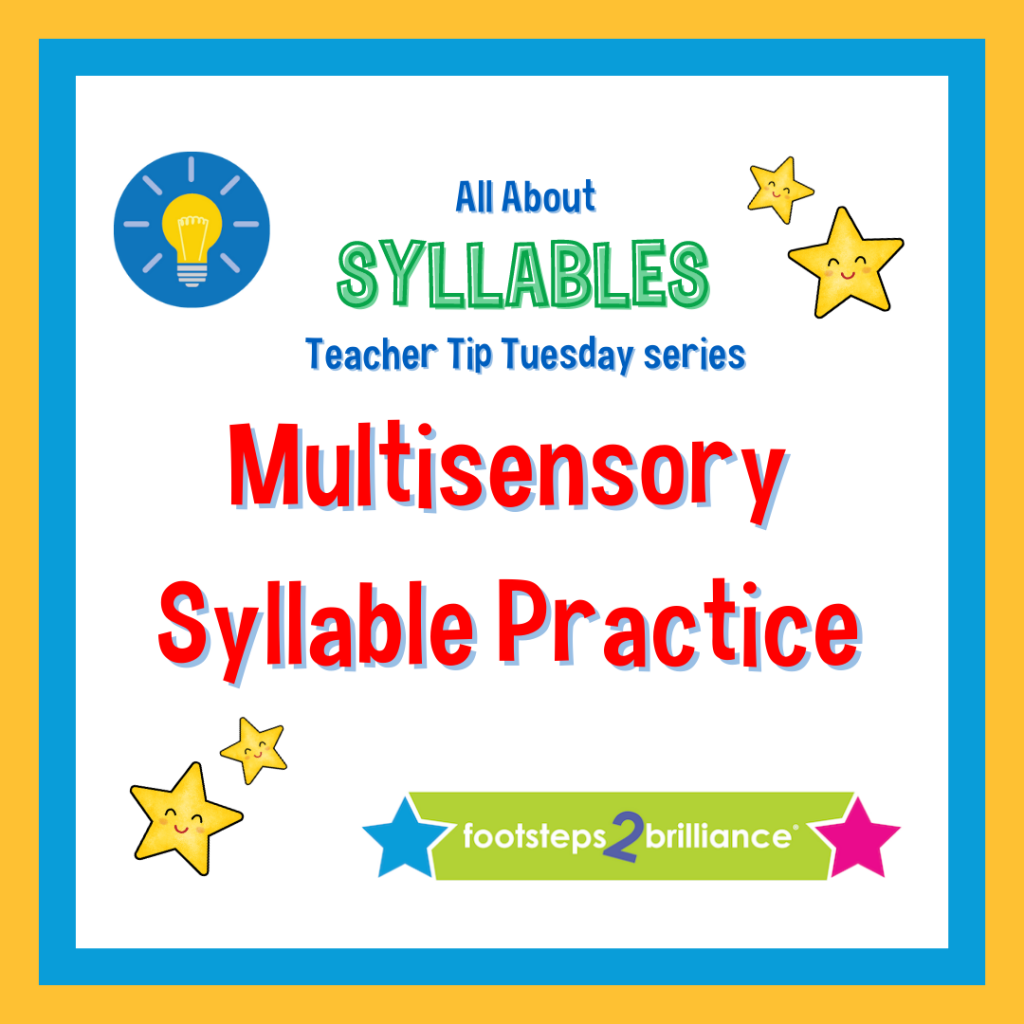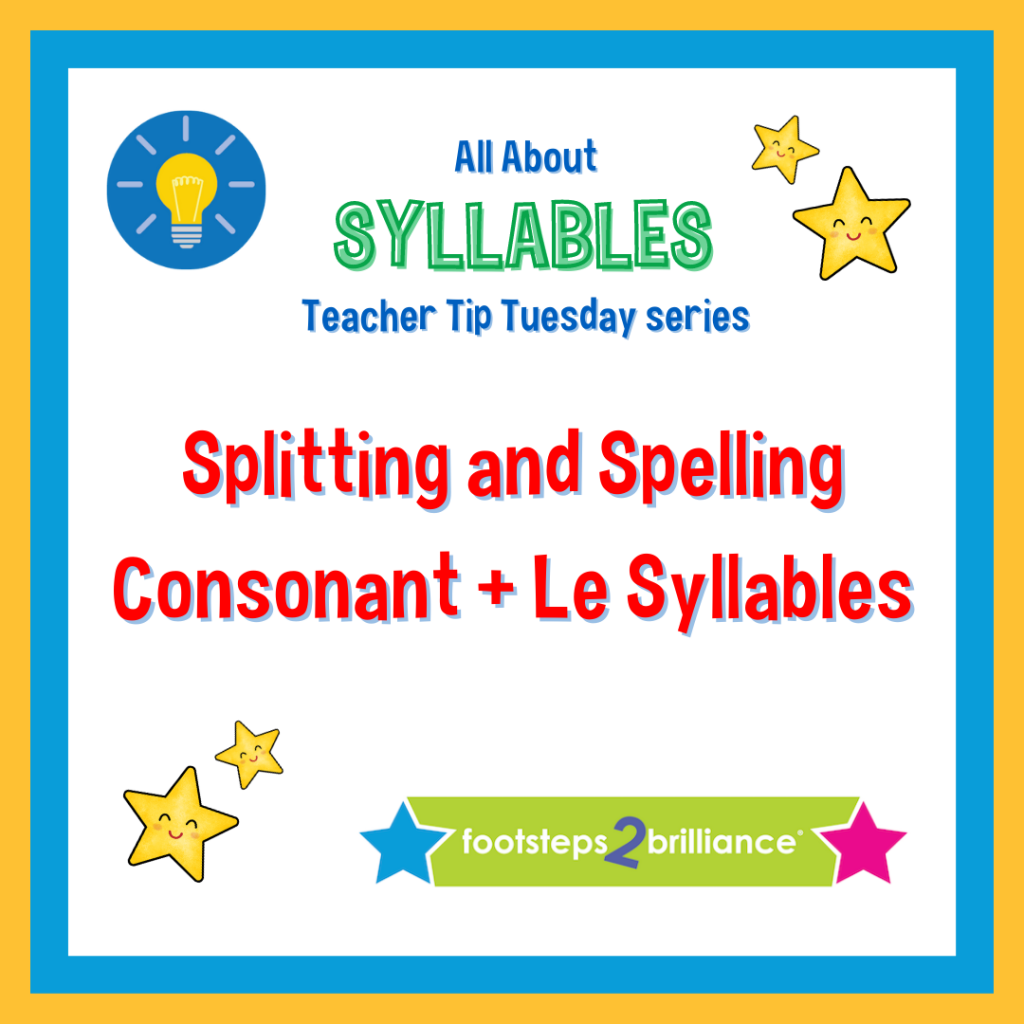
Classroom management doesn’t need to be stressful, and the best way to save your sanity throughout the year is to set up systems and routines right at the start of the school year.
But even with the best preventive measures, no school year will pass without its behavioral bumps. Even after you’ve created a welcoming environment and established routines and expectations, you will need to occasionally help students get back on track. Here are a few ways to get the job done as smoothly as possible.





















